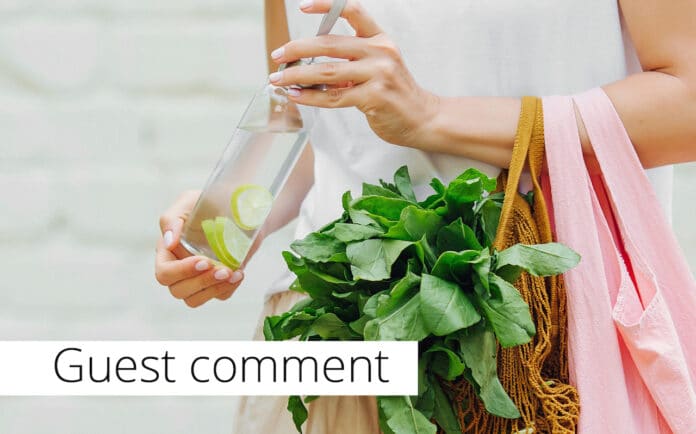It has been a challenging time for many retailers, but China has proved to be a lifeline for many British brands during the pandemic – buoyed by China’s faster-than-expected economic recovery, pent-up demand and a burgeoning consumer market.
Indeed, according to the latest world economic update from the IMF, China – whose economy outpaced all of the world’s major countries during the pandemic – is forecast to lead the way in 2022 too. All of which is great news for British brands looking to make inroads into China’s ever-increasing consumer market. Demand for British products from Chinese consumers remains high, with the value of goods sold by UK brands on Tmall and Tmall Global (Alibaba’s China marketplaces) increasing by 27% year-on-year. UK brands also fared well last November during our annual 11.11 Global Shopping Festival selling $494m worth of goods during the eleven-day event.
Brands which we find have the most success are those that quickly react to consumer demand, create new products and develop new categories to reflect emerging trends. They tend to be pioneers who can adapt to a fast-paced market, who can acknowledge quickly that what works well for them in the UK may not necessarily be a top seller in China.
Sales of so-called ‘punk products’ are proving successful for many brands
For any brand considering entering the Chinese market, it is important to keep up to speed with new and emerging trends. While life in China may largely be back to normal for many, the COVID-19 pandemic has had a lasting impact on how consumers think about their health and wellness. People are now taking a more active role in protecting themselves from illness and are adopting a preventative approach to their health; as a result, China’s health and wellness industry is estimated to grow by 19.2% to $145.1 billion by 2025.
Meanwhile, younger workers are facing burnout and anxiety, driving the phenomenon of punk health – which is about maintaining a fun young lifestyle while being healthy at the same time. Subsequently, sales of so-called ‘punk products’ are proving successful for many brands.
Many such punk products are taking cues from traditional Chinese medicine and adding a rebellious twist. There are energy drinks infused with dates or hawthorn, coffee with donkey gelatine (thought to help nourish the blood), and candy infused with melatonin to help insomniacs sleep. While many of these foods aren’t necessarily new or novel, they embody the concept in their marketing and sleek branding. The goal is to offset ‘bad behaviour’ by consuming something virtuously healthful
Another commercial frontrunner is Ye Yu Cha, or Night with Tea. These are tea blends designed especially for hard-partying night owls. The tea bags come filled with healthful-sounding ingredients like ginseng, goji, tangerine peel, sea buckthorn and liquorice.
Chinese consumers are now even more important for international brands looking to fuel recovery and future growth
Skin-boosting snacks are the latest lucrative frontier in China’s crowded beauty market. These snacks offer good-for-your-skin appeal, such as bird’s nest jelly desserts, anti-sugar gummy candies and collagen energy bars. This trend has birthed the new combo ritual of ‘facial masking plus snacking’. Last year, one of China’s most-hyped beauty collaborations was the skin-brightening relax pack by C-beauty brand CHANDO and the snack brand Pejoy. The collaboration features a bundle of breadsticks from Pejoy and facial masks from CHANDO, allowing consumers to treat themselves to a mask session that comes complete with a tasty snack break.
Alternative milk is another sector on the rise, with oat milk in particular demand. Swedish brand Oatly, which counts Oprah Winfrey and Jay-Z among its backers, has already seen success in China, but so too are smaller brands such as East London’s Minor Figures and Rude Health.
With a strong return in spending post-lockdown, and the increased focus on a healthy lifestyle, Chinese consumers are now even more important for international brands looking to fuel recovery and future growth. Health and wellness brands looking to capitalize on this should be bold, agile and open to opportunities – and those that do will reap the rewards.











